Here is a check-in on the trailing 10-year total returns for the David Swensen model portfolio, courtesy of ETFPM.com. Last update was in 2011. As a reminder, here is the model portfolio asset allocation with representative ETFs:
30% Domestic US Equity (VTI)
15% Foreign Developed Equity (VEA)
10% Emerging Markets (VWO)
15% Real Estate (VNQ)
15% U.S. Treasury Bonds (IEF)
15% Inflation-Protected Securities (TIP)
The chart below shows the growth of $1,000 invested this way and rebalanced annually (eMAC), starting from January 2003 until the end of March 2013. eMAC stands for “efficent multi-asset class”.
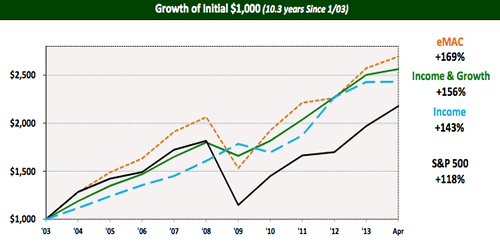
Again, we see that this low-cost, diversified index fund portfolio (+169%) has done well over the last 10.3 years, besting the S&P 500 (+118%) handily as well as the Dow Jones Credit Suisse Hedge Fund Index (not shown anymore, but +95% roughly). We also see that a 30% Stock, 70% Long-term Treasury bond portfolio does pretty well, but I tend to dismiss that as rearview-mirror investing. Yes, looking backward it did well, but I doubt you could find any portfolio manager telling their clients to hold 30% Stocks and 70% Long-Term Treasuries as a long-term portfolio during the period between 2003-2007.
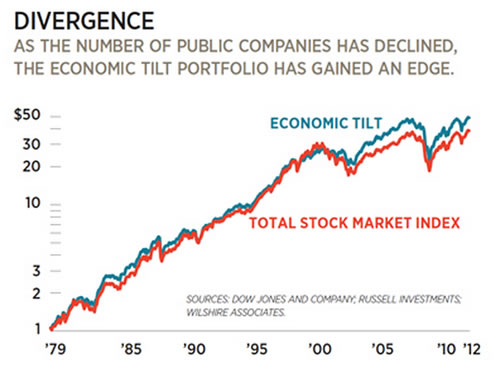
 Car pricing website Edmunds.com just finished up a year-long series called the
Car pricing website Edmunds.com just finished up a year-long series called the 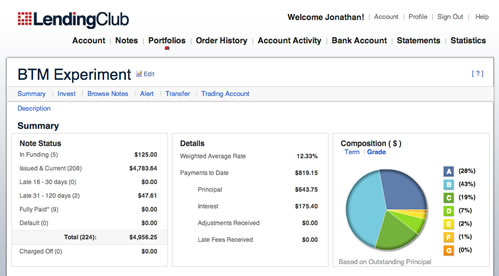
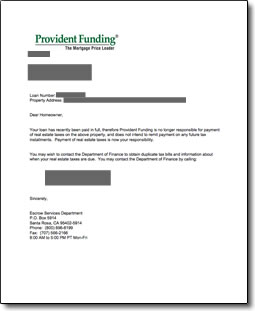
 Over the years, I’ve noticed that people tend to overestimate their own stock-picking prowess – myself included. Especially over longer periods of time, if you’re not tracking things carefully you probably don’t know how well you’re doing on a relative basis. We all tend to remember the winners and forget the losers. The sooner you figure out you’re not Buffett, the sooner you can improve your returns. (Otherwise, the sooner you can start your own hedge fund.)
Over the years, I’ve noticed that people tend to overestimate their own stock-picking prowess – myself included. Especially over longer periods of time, if you’re not tracking things carefully you probably don’t know how well you’re doing on a relative basis. We all tend to remember the winners and forget the losers. The sooner you figure out you’re not Buffett, the sooner you can improve your returns. (Otherwise, the sooner you can start your own hedge fund.) 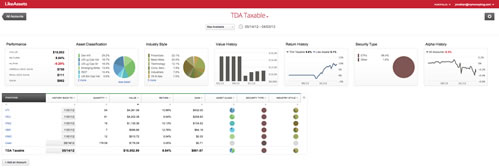
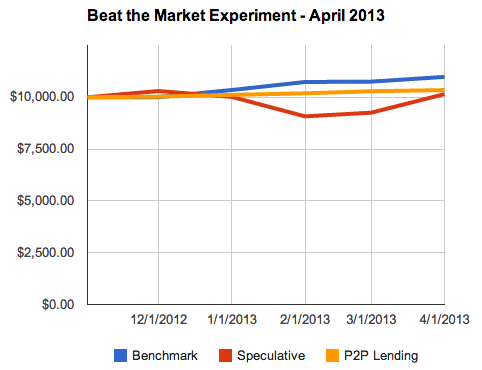
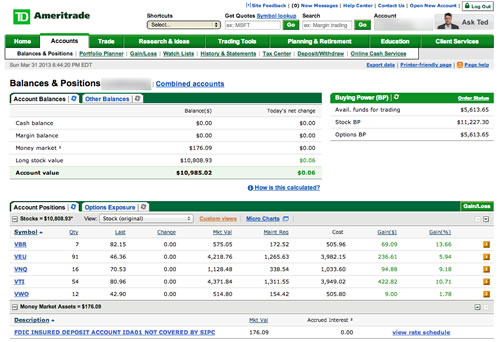
 Depending on your area, Chevron, Texaco, Exxon, and Mobil gas stations are new partners with
Depending on your area, Chevron, Texaco, Exxon, and Mobil gas stations are new partners with  The Best Credit Card Bonus Offers – March 2024
The Best Credit Card Bonus Offers – March 2024 Big List of Free Stocks from Brokerage Apps
Big List of Free Stocks from Brokerage Apps Best Interest Rates on Cash - March 2024
Best Interest Rates on Cash - March 2024 Free Credit Scores x 3 + Free Credit Monitoring
Free Credit Scores x 3 + Free Credit Monitoring Best No Fee 0% APR Balance Transfer Offers
Best No Fee 0% APR Balance Transfer Offers Little-Known Cellular Data Plans That Can Save Big Money
Little-Known Cellular Data Plans That Can Save Big Money How To Haggle Your Cable or Direct TV Bill
How To Haggle Your Cable or Direct TV Bill Big List of Free Consumer Data Reports (Credit, Rent, Work)
Big List of Free Consumer Data Reports (Credit, Rent, Work)